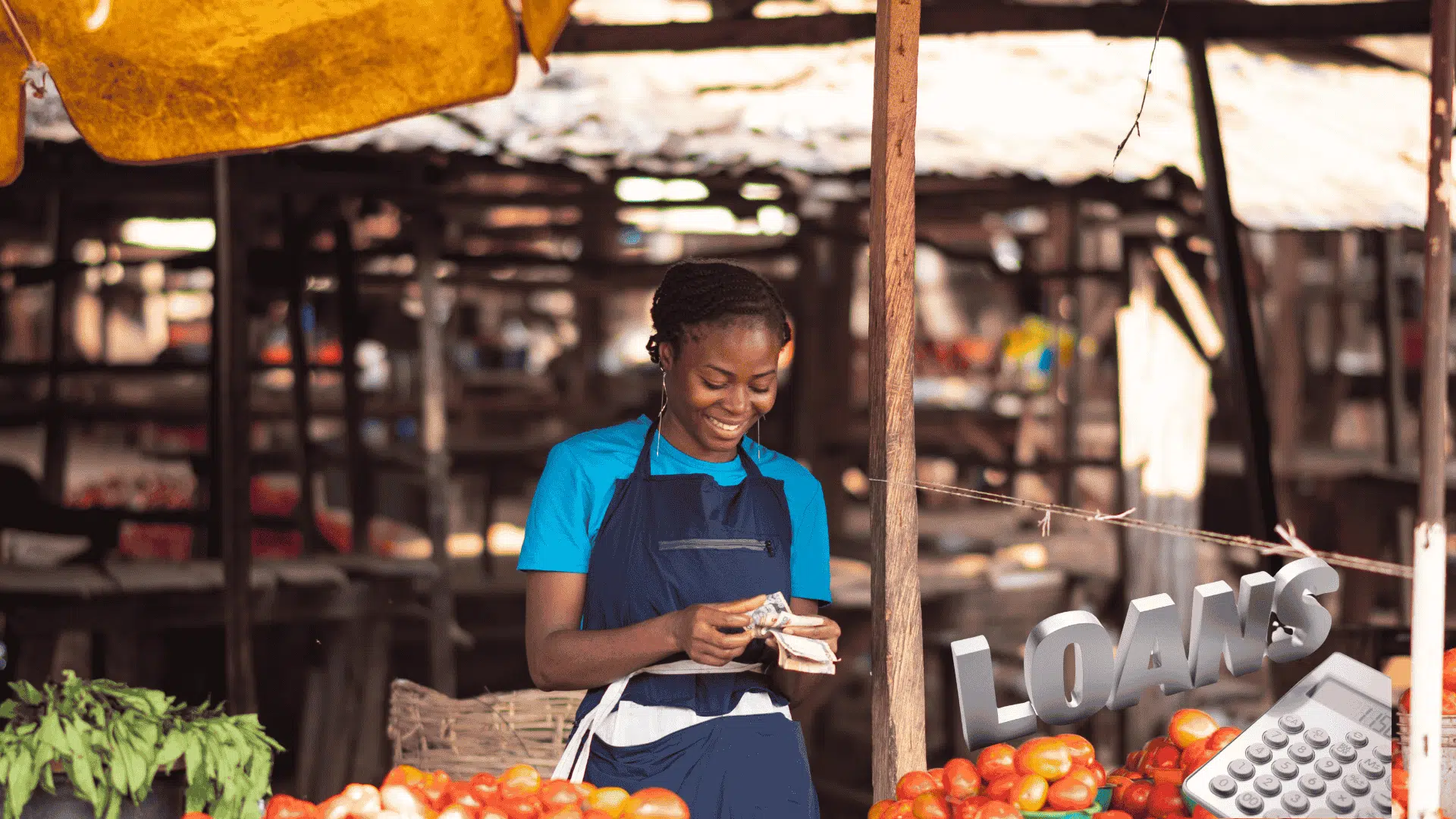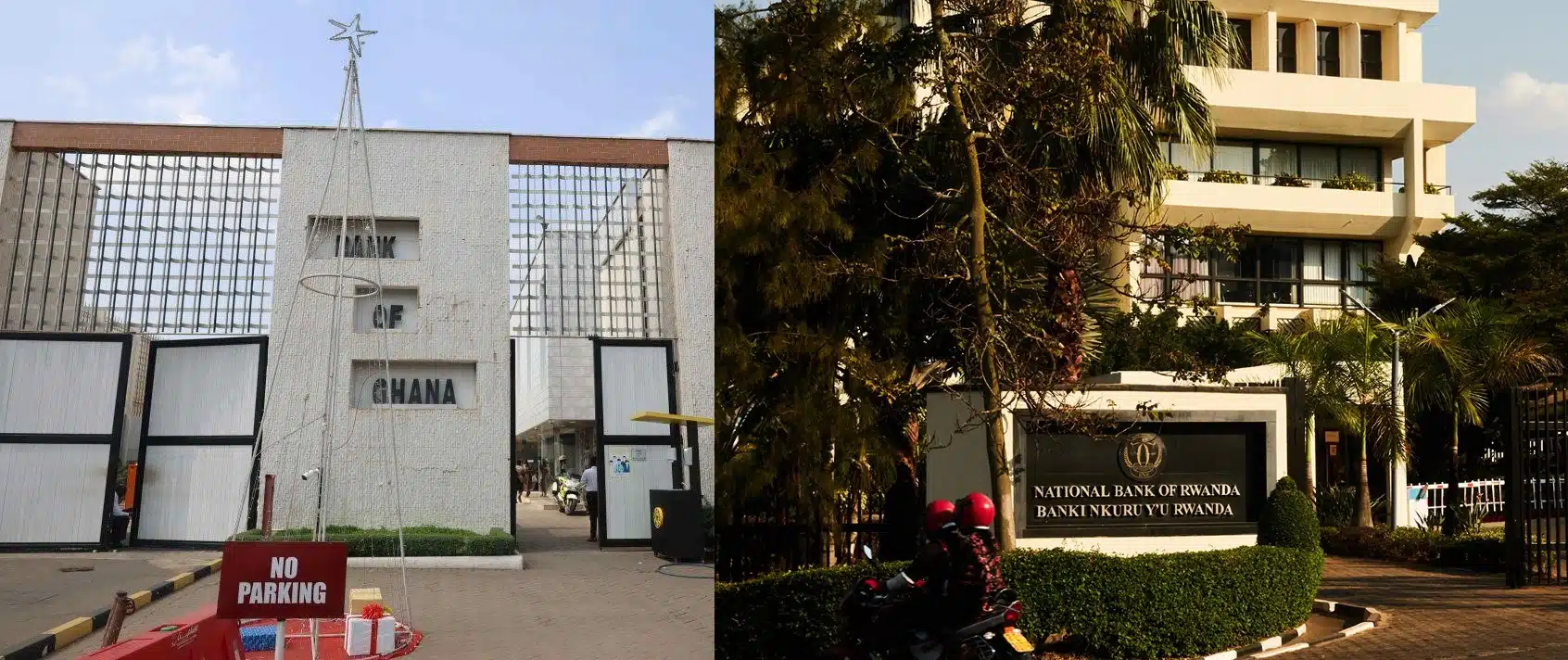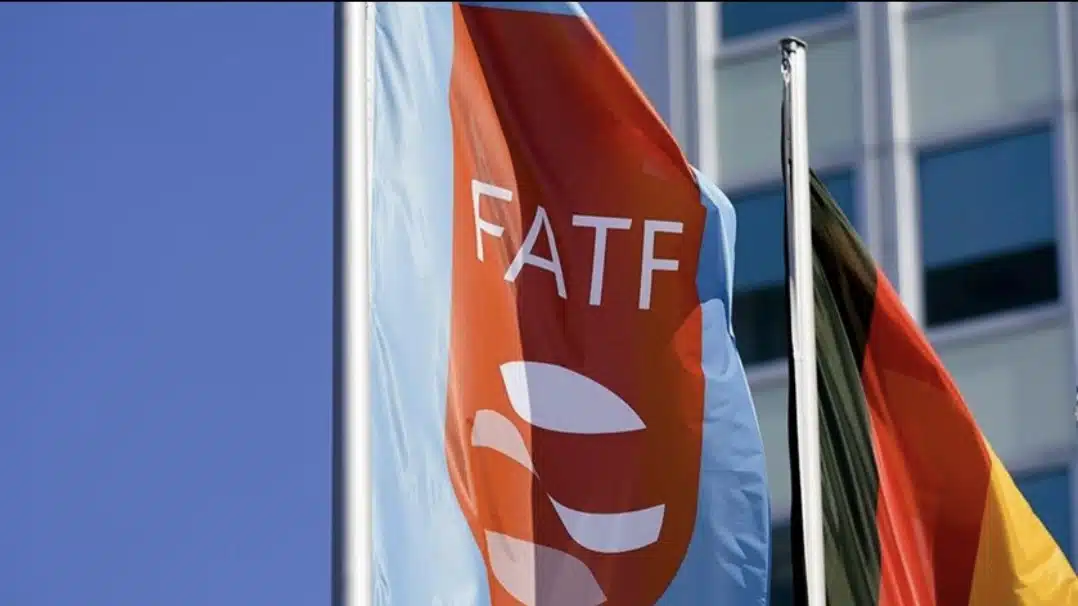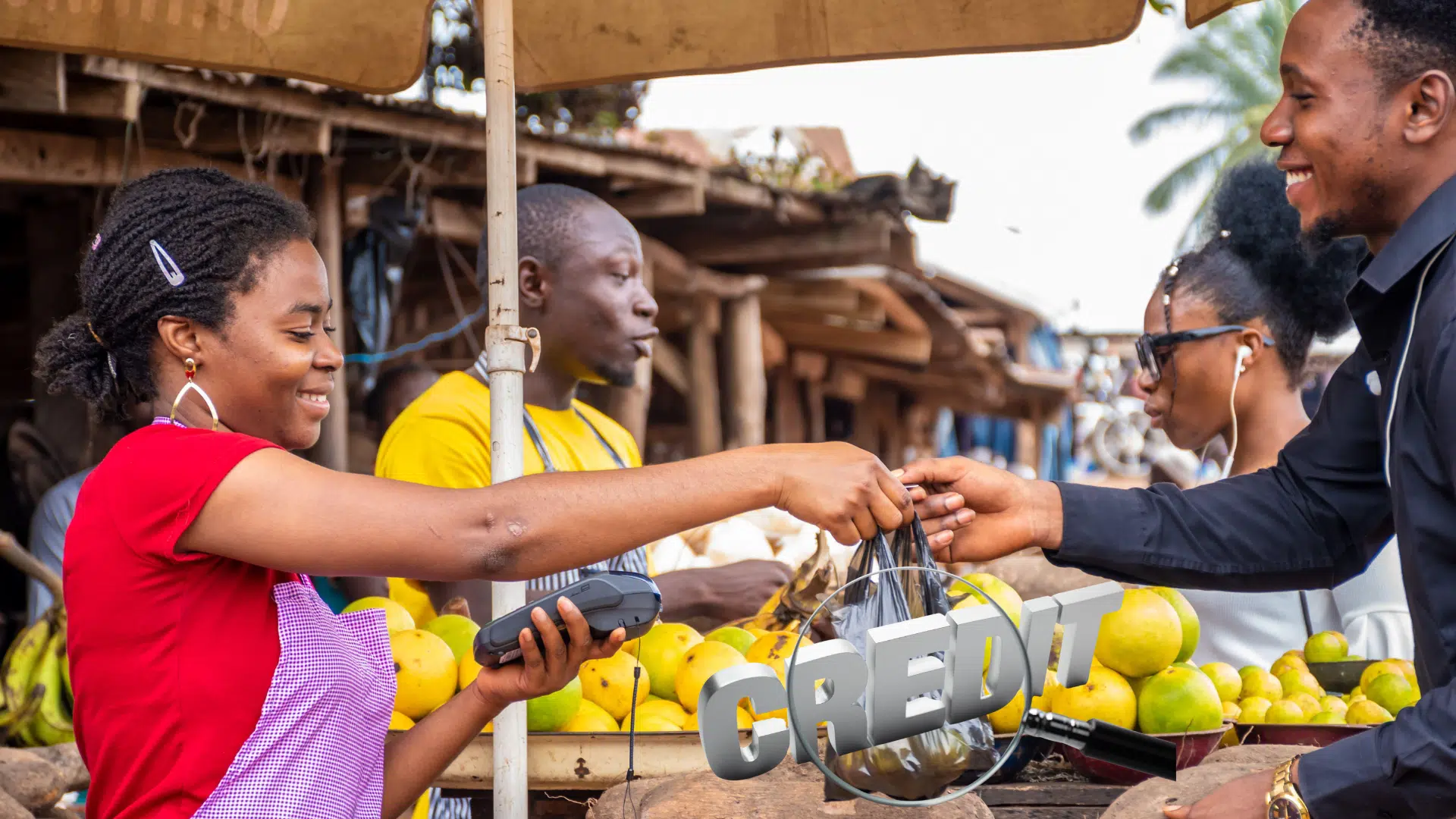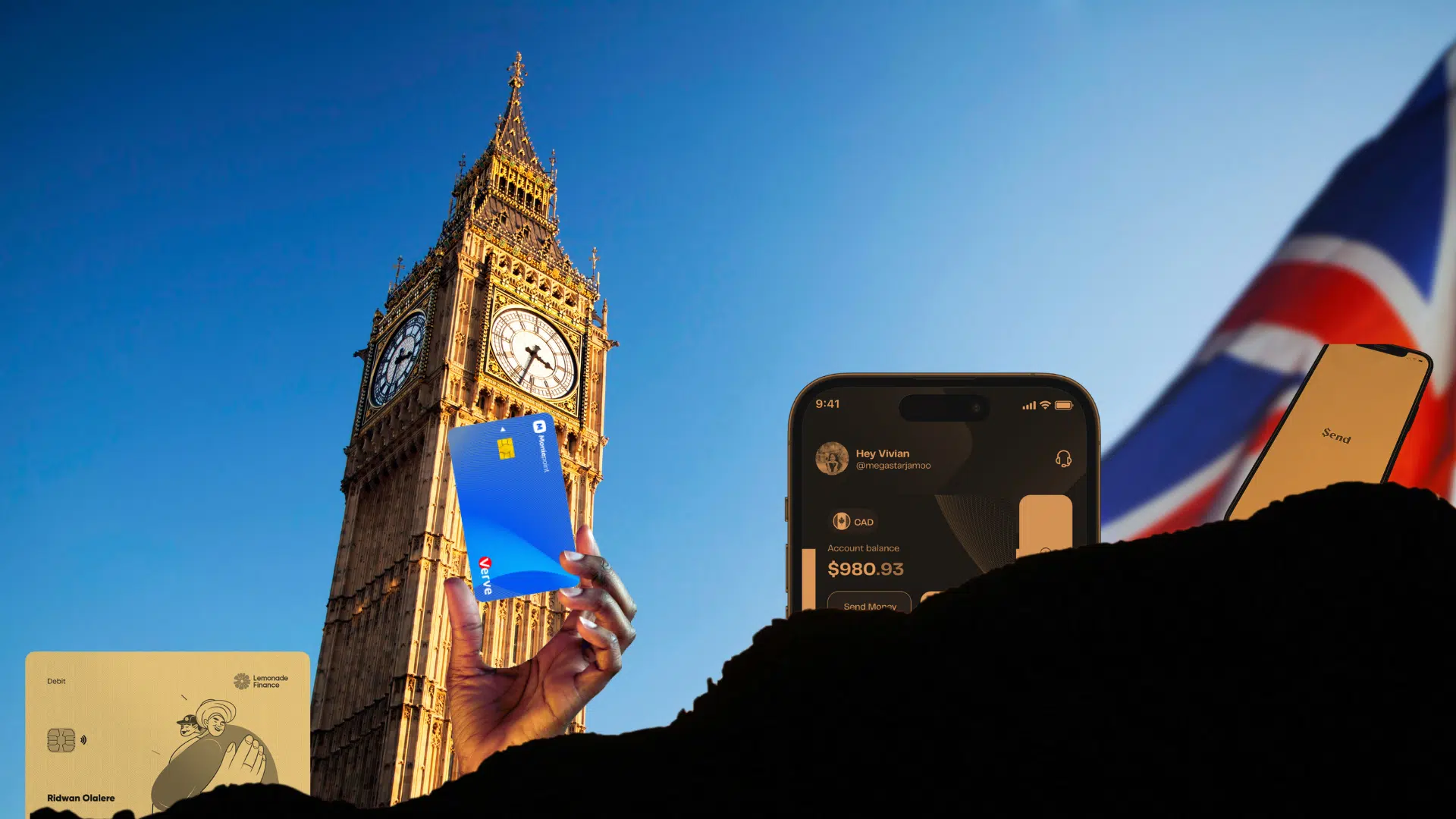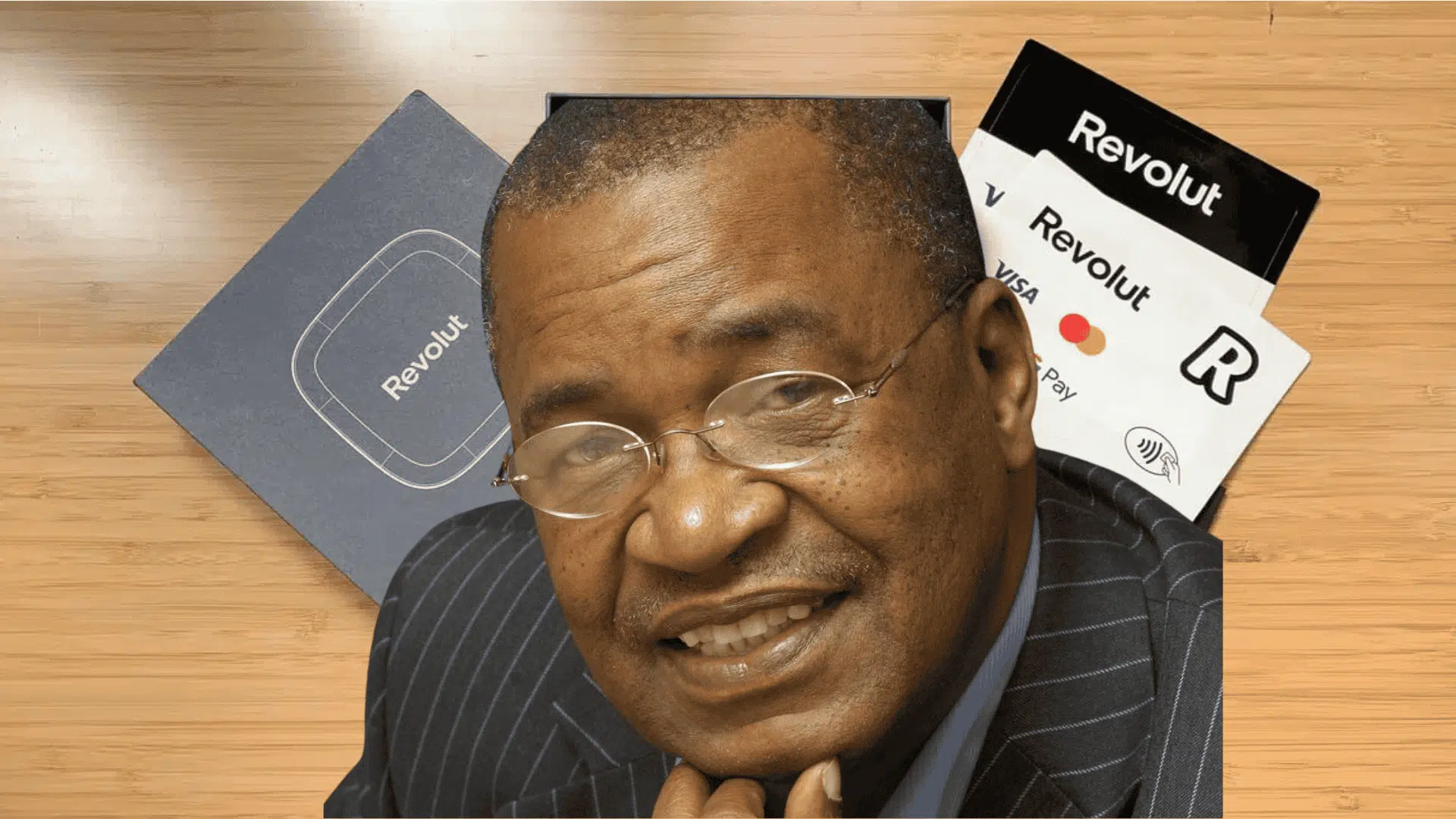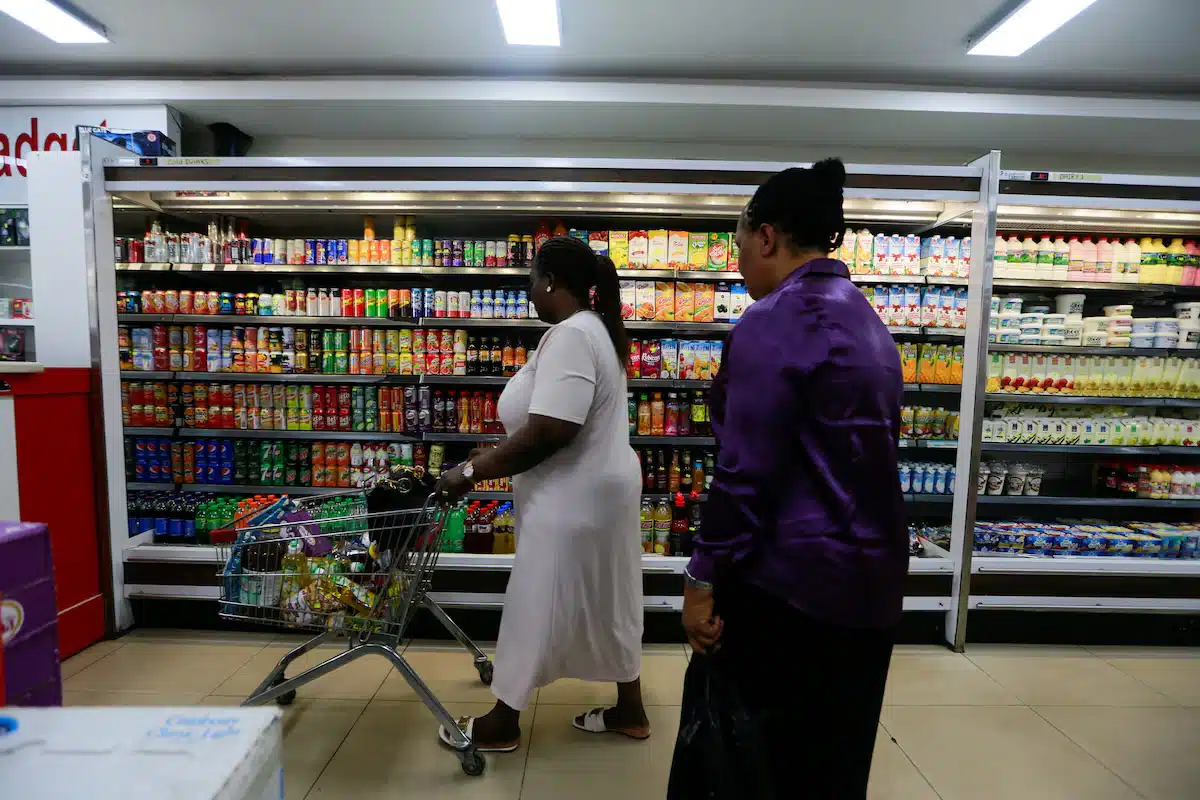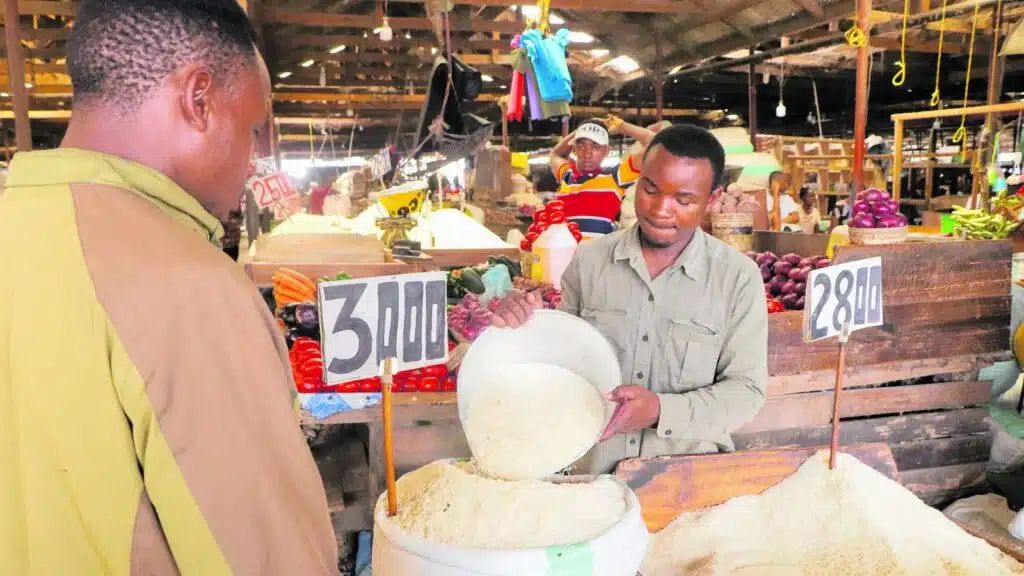Africa is often celebrated as one of the world’s most dynamic fintech frontiers. From M-Pesa in Kenya to Flutterwave in Nigeria, the continent has produced some of the industry’s most recognised success stories.
Sub-Saharan Africa in particular is the global epicentre of mobile money, with more than 1.1 billion registered accounts, 283 million active monthly users, and $1.1 trillion in annual transaction value, according to the Global System for Mobile Communications Association (GSMA).
Yet despite this remarkable dynamism, Africa remains a marginal player in the global fintech market. A recent report from Boston Consulting Group (BCG) shows that the Middle East and Africa collectively account for less than 1% of scaled fintech revenues globally. That means the continent, despite driving two-thirds of worldwide mobile money value, barely registers in the revenue pools that define fintech’s global winners.
From the data available, an interesting contradiction brews: Africa leads the world in fintech (mobile money) adoption but lags badly in monetisation.
Adoption without monetisation
At the heart of this contradiction is a mismatch between scale and revenue success. According to Kitso Lemo, the Associate Director at BCG, Johannesburg, mobile money has indeed reached massive scale across the continent, but the services remain narrow, focusing largely on peer-to-peer transfers and basic cash-in/cash-out functionality.
“Average revenues per user (ARPU) are far below peers in Latin America or Asia,” he explained to Finance in Africa. “The focus remains basic peer-to-peer transfers and cash-in/cash-out, limiting fee pools.
This contrasts with other regions with higher incomes and more advanced fintech services, including accounts, lending, remittances, and insurance,”— indicating far greater monetisation.
In other words, Africa’s fintechs excel at reaching millions of customers but struggle to extract meaningful revenues from them. The model has been transformative for inclusion, but it hasn’t translated into the kind of profitability or product depth seen in equally innovative fintechs outside Africa, like Latin America’s Nubank or Asia’s Grab.
The MEA category: Why Africa gets lumped together with the Middle East
The bulk of the story lies in how global investors and consulting firms track the region. Africa is often grouped together with the Middle East under the “MEA” label, especially for convenience. From an angle of scale, Africa’s fintech revenues are still small when viewed individually, so combining them with the Middle East creates a market segment big enough to track in global comparisons.
This accounts for why many multinationals, such as Germany’s Deutsche Bank and America’s Westcon-Comstor, manage their “MEA” operations as one cluster, even though the markets share little in common.
But the grouping obscures more than it reveals. “The Middle East, Sub-Saharan Africa, and South Africa are fundamentally different stories,” the BCG executive noted. In the Gulf region, fintech is about digital convenience layered onto already universal account penetration. In Africa, it is about solving basic access problems for more than 350 million adults who remain unbanked.
Regional differences
The differences show in investment flows also. Insights from Kitso Lemo revealed that financial inclusion is nearly universal in the Middle East, with fintech innovation largely driven by convenience and efficiency. “Central banks move quickly, and investment is increasingly deep, often backed by sovereign funds,” speeding up the launch of “instant-payment schemes such as the UAE’s Aani and Saudi Arabia’s Sarie,” he stated.
The UAE, backed by sovereign wealth, attracted $2.2 billion in fintech investment in just the first half of 2025, more than the entire African continent, which attracted $640 million. Interestingly, African fintechs tend to attract early-stage capital but struggle to secure the later-stage funding needed to scale across borders.
The African fintech story is driven by a different strategy: inclusion. According to the World Bank’s Global Findex Report, more than 350 million adults across the continent still lack access to formal financial services. Mobile money has been a lifeline, but the regulatory environment is fragmented, capital for later-stage growth is scarce, and most products remain at the basic end of the financial services spectrum.
Tucked between the two is South Africa, with a different but balanced story. While account penetration is above 80%, cash remains dominant in the informal economy, where more than 80% of merchants operate without digital payments and more than 60% of consumers typically withdraw their entire salaries in cash.
“The PayShap platform’s thirtyfold growth in its first year shows the appetite for low-cost digital alternatives,” the BCG executive said, suggesting that real-time payments could become a bridge between inclusion and monetisation.
Fragmentation as a structural impediment
Beyond monetisation challenges, Africa’s fragmentation makes scaling extraordinarily difficult. The continent is made up of more than 50 markets, each with its own licensing regimes, currencies, and know-your-customer (KYC) rules.
For a fintech trying to expand across borders, every new market brings duplicated compliance costs, technology integration hurdles, and local partnerships that must be built from scratch.
“Cross-border scale will remain elusive without harmonised regulation, interoperable systems, and stronger credit infrastructure,” the BCG executive warned, referencing a 2023 BCG report titled “Unlocking the FinTech Potential in Africa”.
This fragmentation limits the ability of fintechs to achieve the kind of continental or regional dominance that allows peers in Latin America or Asia to build billion-dollar revenue pools. While companies like Flutterwave and Chipper Cash have expanded across multiple African countries, their growth remains hampered by the lack of a unified market comparable to Brazil or India.
What needs to change
For Africa to move from less than 1% of global fintech revenues to a meaningful contributor, several structural shifts will be necessary.
First, fintechs must broaden their offerings beyond payments. Lending, insurance, and AI-driven financial services represent the next frontier of scale. According to BCG’s Global Fintech Report 2025, these areas make up the futuristic indices for fintech growth. However, in the African context, they require better data, stronger credit infrastructure, and more regulatory support.
Second, harmonisation of regulation across African markets will be critical. Without interoperable payment systems and consistent licensing frameworks, the costs of expansion will remain prohibitive. Efforts like the Pan-African Payment and Settlement System (PAPSS) are early steps, but far more needs to be done.
Third, access to later-stage capital must improve. Africa has no shortage of startups raising seed rounds, but too few can attract the hundreds of millions in growth funding that fintechs in Latin America or Asia have used to scale. Domestic capital markets, development finance institutions, and global investors all have roles to play.
Finally, infrastructure gaps, especially digital infrastructure necessary to scale fintech services, must be closed. Without these basics, even the most innovative fintech products will struggle to reach their potential.
“The question is not whether Africa will grow beyond ‘less than one percent’, but how quickly regulators, investors, and entrepreneurs can turn inclusion into scale,” Kitso Lemo concludes.

